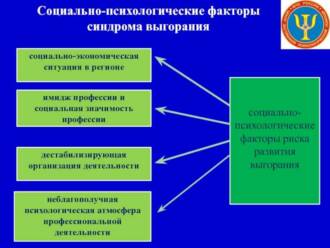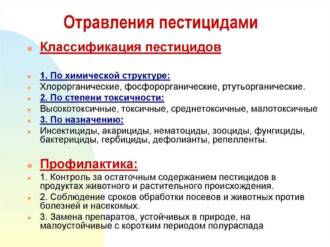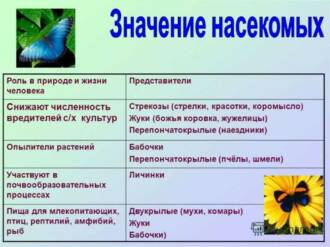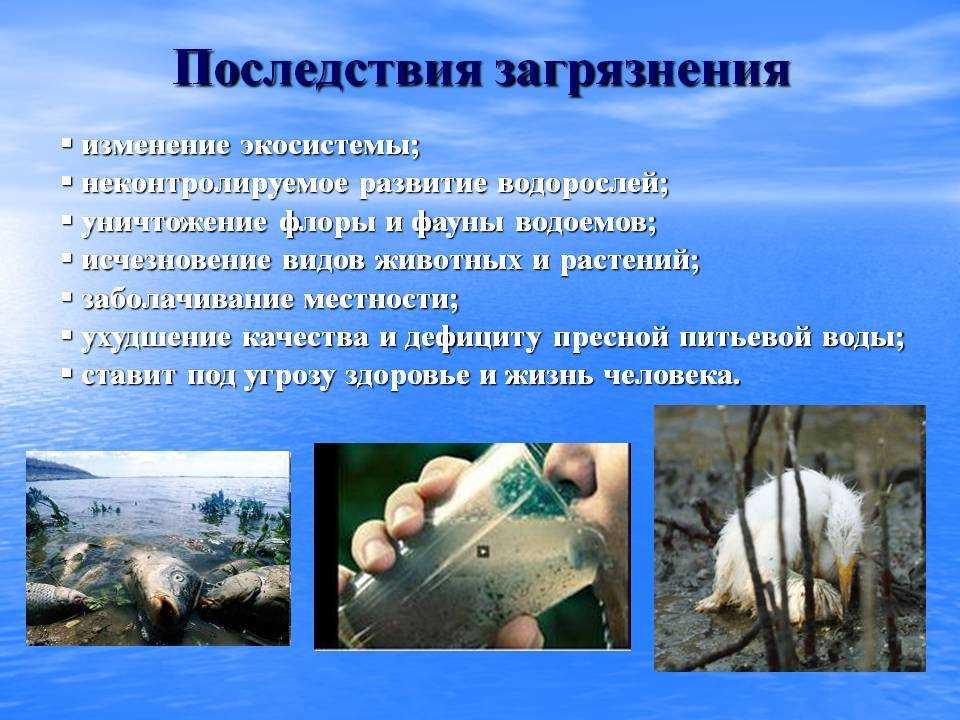
Butterflies are colorful and delicate creatures of nature that add special charm to the huge diversity of ecosystems. However, in recent decades, an alarming trend has been observed - the disappearance of many species of butterflies. This phenomenon is caused by various factors, including human intervention in the natural environment.
One of the main reasons for the extinction of butterflies is the loss of their natural habitats. Deforestation, urbanization and the expansion of agricultural land are destroying and changing the ecosystems on which butterflies depend for their survival. The destruction of their habitats means that butterflies lose access to food and shelter, which in turn can lead to their extinction.
In addition, the use of pesticides and herbicides in agriculture also takes a toll on butterflies. These chemicals kill not only harmful insects but also beneficial insects such as bees and butterflies. Pesticides can accumulate in the tissues of butterflies and cause their death. This leads to a reduction in the butterfly population and, ultimately, to their extinction.
However, not all is lost. There are opportunities to help butterflies and their conservation. Some organizations and individuals are taking action to protect and restore butterfly habitats. This may include planting special plants, creating artificial shelters, and limiting the use of chemicals. In addition, simple actions, such as creating gardens with flowers that attract butterflies and not using pesticides in your own garden, can make a positive contribution to the conservation of these amazing creatures.
The disappearance of butterflies is an alarming signal about the state of our planet and nature in general. Our interference with ecosystems has serious consequences, but we can also contribute to their preservation. It is necessary to raise awareness of the problem and take measures to protect butterflies and their habitats. Only then will we be able to preserve this unique diversity and beauty of nature for future generations.
Biodiversity of butterflies on the planet
Butterflies are one of the most diverse groups of insects on the planet. Their biological diversity is striking in its variety of shapes, colors, sizes and lifestyles. There are about 180,000 species of butterflies in the world, and this number is constantly increasing due to new discoveries and classifications.
Butterflies are found on all continents except Antarctica and occupy a wide variety of ecological niches. They live in forests, fields, mountains, deserts and even city parks. Depending on where they live, butterflies have developed various adaptations and ways of surviving.
Variety of colors and shapes
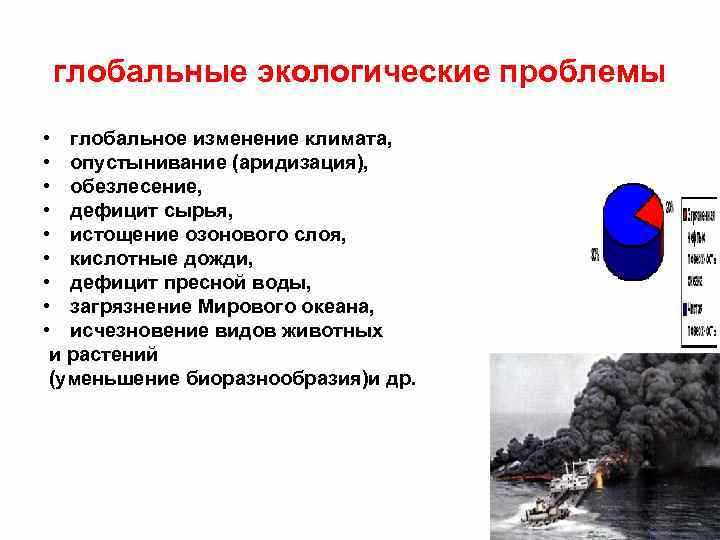
One of the amazing aspects of the biodiversity of butterflies is their variation in colors and shapes. Butterflies can be bright and colorful, mimic the environment, or have a variety of patterns on their wings. Some species of butterflies have transparent wings that allow them to hide from predators.
Butterfly wings can also come in a variety of shapes. Some species have wide, rounded wings, while others are narrow and pointed. Butterflies may have long "tails" on their wings or emit scents to attract mates or ward off predators.
Methods of protection and survival
Butterflies have developed many methods of protection and survival. One of them is mimicry - the ability of butterflies to imitate the appearance of other dangerous or unpleasant to predators species. For example, some butterflies imitate insects that birds eat to avoid being attacked.
Another method of protection is cryptic coloration, when butterflies disguise themselves as their environment and become virtually invisible to predators. They may have colors and patterns that blend in with vegetation or other objects.
Some butterflies also have the ability to repel predators with their scent or release poisonous substances. This protects them from birds, lizards and other predators that might try to eat them.
The biodiversity of butterflies on the planet is amazing and important to ecosystems. They perform a number of functions, including plant pollination, participation in food chains, and indicators of environmental health. However, due to human interference and the destruction of their natural habitats, many species of butterflies are endangered.
Threats facing butterflies
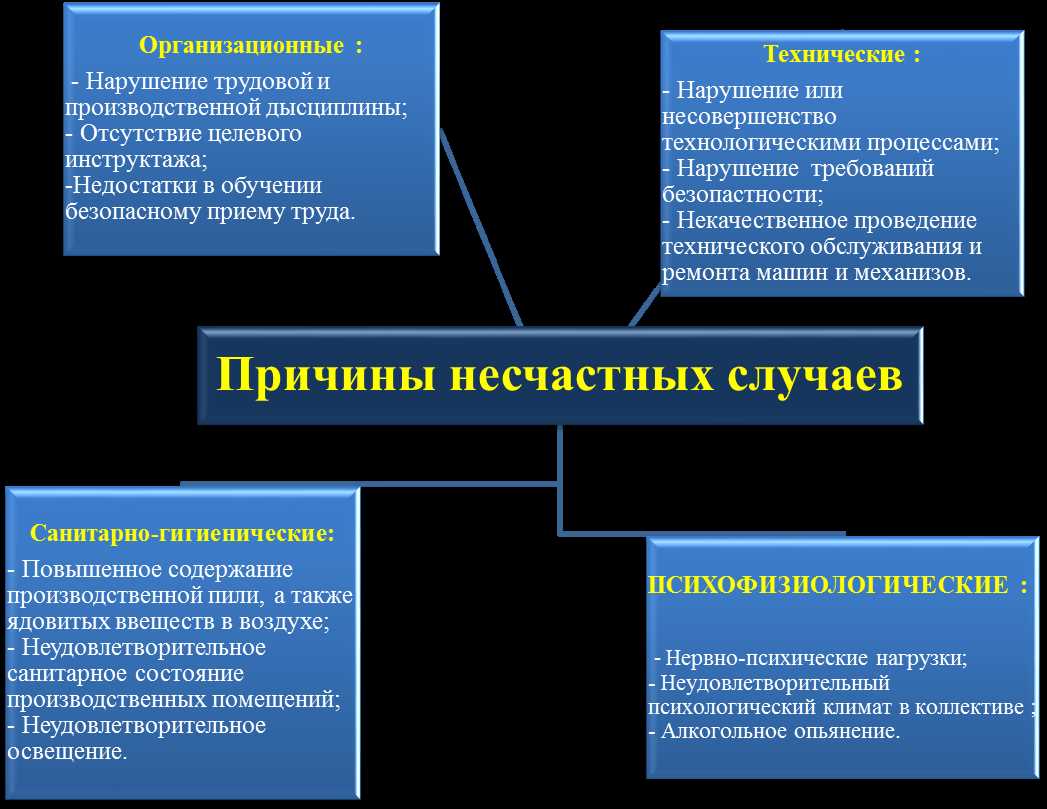
Butterflies face a number of threats that seriously affect their population and life cycle. One of the main threats is the loss of natural habitat. As a result of deforestation and the expansion of agricultural land, many species of butterflies are deprived of their usual habitats and food sources.
Environmental pollution is also a major problem for butterflies. The use of pesticides and chemical fertilizers in agriculture and horticulture can poison butterflies and destroy their larval stages. Also, air and water pollution affects the quality of plants on which butterflies feed, and can lead to their death.
Climate change also has a negative impact on butterflies. Changing temperature patterns and an increase in extreme weather conditions such as droughts or floods can disrupt the natural breeding and migration cycles of butterflies. In addition, climate change may lead to a change in the distribution of plants that serve as food sources for butterflies, which may also negatively affect their survival.
Another serious threat is the illegal butterfly trade. In some regions of the world, rare and exotic species of butterflies are being illegally collected and sold. This leads to their disappearance and disruption of the ecological balance. To conserve biodiversity and protect butterflies, it is necessary to take measures to combat illegal trade and preserve their natural habitats.
All these threats together reduce the population of butterflies and put them at risk of extinction. In order to preserve these beautiful and important creatures, measures must be taken to protect their natural environment, eliminate pollution and combat illegal trade. Only by working together can we protect butterflies and preserve their unique place in nature.
The death of endangered species of butterflies
The disappearance of butterflies is becoming an increasingly visible and disturbing phenomenon in the modern world. Many species of butterflies that were once common and widespread are now endangered. The death of these beautiful insects can have serious consequences for the planet's ecosystem and biodiversity.
One of the main reasons for the death of endangered species of butterflies is the loss of their natural habitat. The destruction of forests, the destruction of natural habitats, the drying up of water bodies - all this leads to the disappearance of food resources and living space for butterflies. Butterflies cannot survive without a suitable environment where they can find food and suitable breeding conditions.
Another factor that influences the death of butterflies is the use of pesticides and insecticides in agriculture. These chemicals are poisonous to insects, including butterflies. They can lead to poisoning and death of butterflies, their caterpillars and eggs. Pesticides can also negatively impact the food chain by destroying plants that are a food source for butterflies and other insects.
It is important to note that the death of endangered species of butterflies is not only a loss of beauty and aesthetic pleasure that they bring to us with their bright wings. Butterflies play an important role in the ecosystem, performing the function of plant pollinators. They aid in the dispersal of pollen and aid in the reproduction of many plants. Therefore, the disappearance of butterflies can lead to a decrease in plant productivity and a deterioration in the state of the ecosystem as a whole.
Conserving and restoring the habitat of butterflies is one of the key steps in preventing their extinction. It is necessary to conserve forests, create reserves and protected areas where butterflies can find a safe place to live and breed. It is also important to take action to limit the use of pesticides and insecticides, as well as to raise public awareness of the importance of butterflies and the need to protect them.
The role of climate change in the extinction of butterflies
Butterflies are one of the brightest and most beautiful groups of insects that play an important role in ecosystems. They act as pollinators and serve as food for many animals. However, their number is decreasing every year, and one of the reasons for this is climate change.
Changing temperature conditions has a direct impact on the life cycle of butterflies. They are sensitive to temperature fluctuations and seasonal changes. An increase in temperature can lead to an acceleration in the development of butterflies and a shift in their activity. This can lead to a mismatch with the life cycle of the plants they feed on and lead to their extinction.
Climate change also affects butterfly spread. They may be forced to move to new regions in order to find suitable conditions for survival. However, this can be difficult for them, especially if they cannot find suitable food and breeding sites.
Changing of the climate also affects interactions of butterflies with other organisms. For example, climate change could lead to a shift in the seasonal cycle of flowering plants, which are a food source for butterflies. This can lead to a disruption in the interaction between butterflies and plants, and, ultimately, to a decrease in their numbers.
In general, climate change plays an important role in the extinction of butterflies. This is due to changes in temperature conditions, distribution and interaction with other organisms. Understanding these processes can help develop strategies for the conservation and restoration of butterfly populations and their ecosystems.
Habitat loss and extinction of butterflies
The extinction of butterflies is associated with the loss of their habitats, which is one of the main reasons for the decline in their numbers. One of the factors influencing the loss of habitats is the destruction of natural landscapes for development and industrial facilities. Human activities such as expanding cities, building roads, and clearing forests reduce the areas where butterflies can find food and shelter.
Butterflies usually depend on certain plants for their survival. They use them as a food source and breeding ground. However, agricultural practices such as the use of pesticides and monocultures lead to the destruction of these plants. In addition, the introduction of foreign plant species may also lead to competition with native butterflies for access to food and space.
Another cause of habitat loss for butterflies is environmental pollution. The release of industrial waste and vehicle emissions into the atmosphere lead to air and water pollution. This affects the condition of plants, which are the main food source for butterflies. Pollution can also lead to climate change, which affects food availability and breeding conditions.
To prevent further extinction of butterflies, it is necessary to take measures to preserve and restore their habitats. This may include the creation of nature reserves and protected areas where butterflies can find a safe place to live and breed. It is also important to educate the public about the importance of butterflies in the ecosystem and how to conserve their habitats. Dedicated efforts to limit environmental pollution and industrial waste can also contribute to the conservation of butterfly populations and their habitats.
The dangers of using pesticides for butterflies
The use of pesticides is one of the main reasons for the extinction of many species of butterflies. These pest control chemicals can have a negative impact on butterflies and their habitats.
Pesticides can cause irreparable harm to butterflies at various stages of their life cycle. For example, they can poison butterflies at the stage of their laying, which will lead to a decrease in the population. In addition, pesticides can adversely affect the development and survival of caterpillars, which are the main food source for many species of butterflies.
One of the main negative effects of the use of pesticides is the destruction of plants that serve as a food source and habitat for butterflies. Pesticides can contaminate the soil and water in which plants develop, causing them to die off. As a result, butterflies are losing their natural habitat and becoming more vulnerable to other factors such as biodiversity loss and climate change.
In order to reduce the risk of using pesticides to butterflies, measures must be taken to limit their use. Farmers need to be educated about possible alternative pest control methods that do not harm the butterflies and their habitat. It is also necessary to monitor the use of pesticides and take measures to regulate them. However, in order to fully solve the problem of the disappearance of butterflies, it is necessary to carry out comprehensive measures to preserve and restore their natural habitat.
Importance of food plants for butterflies
Feeding plants play an important role in the life cycle and conservation of butterfly populations. Butterflies are the main consumers of plant food in the caterpillar stage, and it is extremely important for them to have suitable plants for food.
One of the main factors influencing the organization of a butterfly population is the availability of a sufficient number of food plants. Butterflies prefer certain types of plants to lay their eggs and feed their caterpillars. Each species of butterfly usually has its own preference for plant-food resources.
Butterfly food plants can be represented by a variety of plant species, including trees, shrubs, and herbaceous plants. Some butterflies may be specialized and only feed on certain types of plants, while others may be more general and feed on a variety of plants.
When food resources are reduced or disappear due to human intervention, this can have serious consequences for the butterfly population. They are losing their food sources and breeding grounds, leading to a decrease in the number of butterflies and even their extinction in some regions.
Therefore, it is important to conserve and restore plant food resources to maintain the butterfly population. This can be done through the creation and protection of special reserves and gardens, where the necessary plants for butterflies will be grown and provided. It is also important to be aware of the impact of your actions on the environment and take measures to conserve and restore the natural habitats of butterflies and their food resources.
The role of environmental pollution in the decline of butterfly populations

Environmental pollution is one of the main threats to butterfly populations. Exposure to various pollutants, such as chemicals and heavy metals, can adversely affect the life cycle and behavior of butterflies.
One of the most dangerous pollutants are pesticides. The use of pesticides in agriculture and horticulture leads to their release into the environment, including the plants on which the butterflies feed. Pesticides can accumulate in the bodies of butterflies, which can lead to their poisoning and death.
Water pollution also has a negative impact on butterfly populations. Emissions of industrial effluents and household waste into rivers and lakes lead to pollution of the water that butterflies drink at the larval stage. Polluted water can cause mutations and diseases in butterflies, eventually leading to population declines.
In addition, air pollution caused by emissions from industries and vehicles also has a negative impact on butterflies. Polluted air can lead to a change in the composition of vegetation, which in turn affects the availability of food for butterflies. The lack of quality food can lead to a decrease in the number and diversity of butterfly populations.
Thus, environmental pollution plays a significant role in the decline of butterfly populations. In order to save these beautiful insects, measures must be taken to reduce environmental pollution and use environmentally friendly methods in agriculture and industry.
Conservation projects for butterflies and their habitats
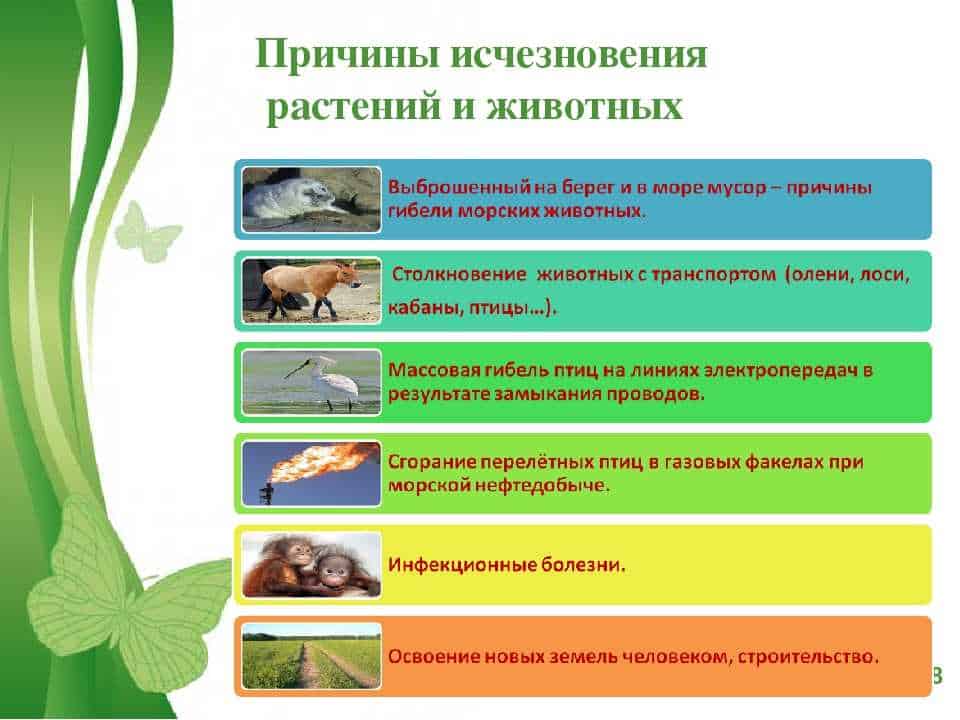
In light of the threat of extinction of many species of butterflies, various projects are being carried out around the world to conserve them and preserve their habitats. One such project is the creation of special reserves and national parks that provide a safe environment for the breeding and habitat of butterflies.
The projects also include the establishment of special gardens and plantations where plants are grown that serve as a food source for butterflies and provide conditions for their reproduction. Such gardens and plantations are being set up both in cities and in rural areas to provide accessibility for everyone to observe butterflies and their life cycle.
One of the successful projects is “Butterflies in Schools”.
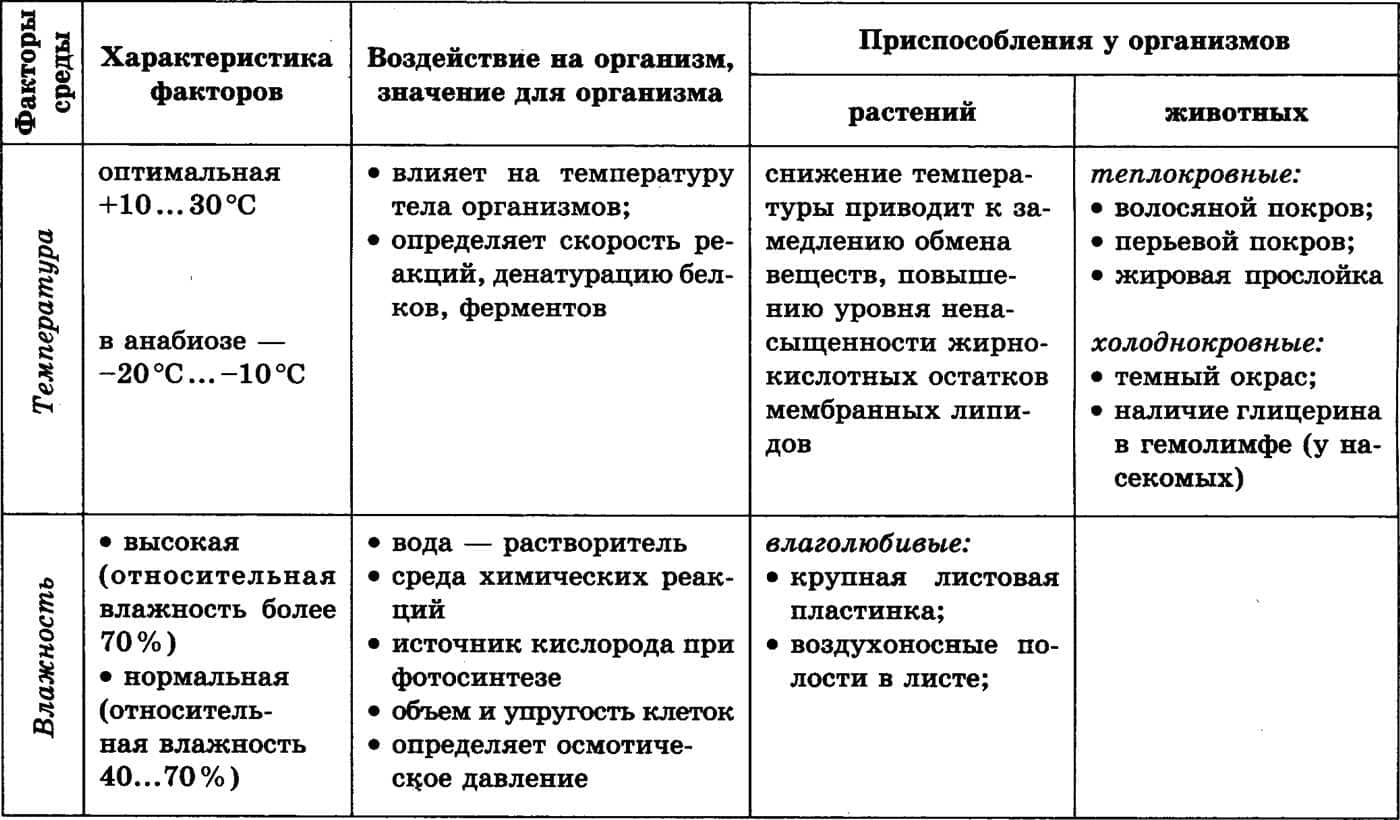
This project aims to educate schoolchildren about the importance of butterflies to the ecosystem and how they can help in their conservation. As part of the project, schoolchildren grow butterflies themselves, observe their life cycle and release them into the wild. Such an experience allows students to personally feel the responsibility for the conservation of nature and stimulates them to take further action to protect the environment.
Another project is "Conservation of Butterfly Habitats".
As part of this project, research and monitoring of butterfly habitats is carried out to determine their condition and identify problems that may lead to their extinction. Based on the data obtained, plans are being developed for the restoration and protection of such places. This includes regulating the use of pesticides, restoring natural landscapes and creating new sites that provide favorable breeding and habitat conditions for butterflies.
Butterfly and habitat conservation projects play an important role in the conservation of biodiversity and ecological balance. They allow you to save unique species of butterflies and ensure their future existence in our world.
How Everyone Can Help Conserve Butterflies
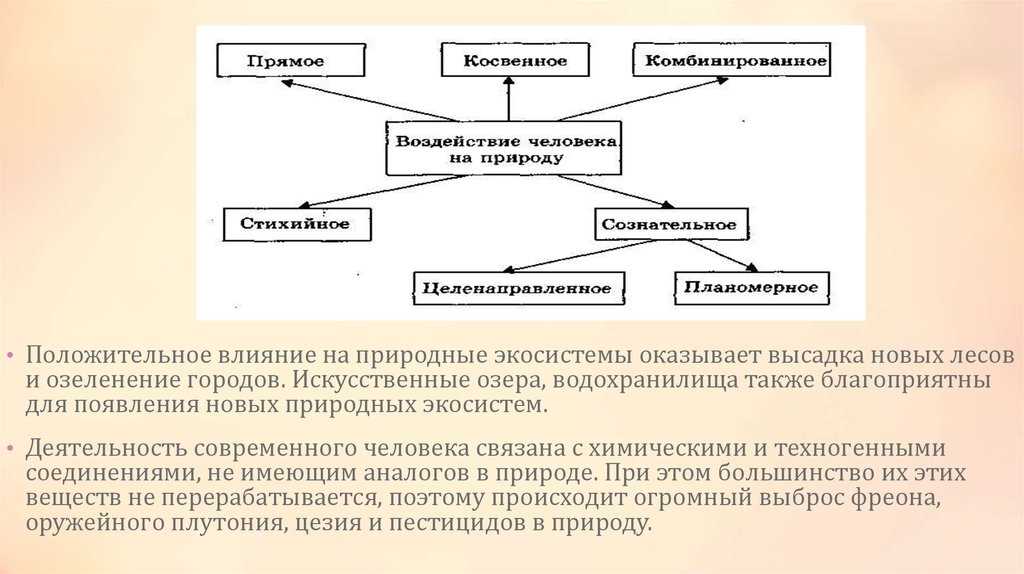
Butterfly conservation is a task in which everyone can take an active part. There are several ways to help you contribute to the conservation and restoration of butterfly populations.
1. Create gardens with plants that attract butterflies
Butterflies feed on the nectar of flowers and lay their eggs on certain plants. You can create a garden that will feature different types of plants that attract butterflies. Include plants such as juvenile, dandelion, bonfire, sage, bluegrass and others that are food sources for caterpillars and provide access to nectar for adult butterflies.
2. Avoid using pesticides and herbicides
Pesticides and herbicides can have a negative effect on butterflies and their larvae. Purchase and use sustainable alternatives to protect butterflies and their habitat from harmful chemicals.
3. Creation and support of butterfly sanctuaries
You can become part of the movement to create and support butterfly sanctuaries. Participate in a butterfly breeding program and release them into the wild to strengthen populations. You can also take part in the monitoring of butterflies and their habitats to help in the conservation of these beautiful insects.
4. Education and information
Spreading the word about the importance of butterflies and the problems they face is an important part of the conservation of these insects. Hold lectures, educational events, and volunteer programs to raise awareness about butterflies and get people involved in their conservation.
In general, each of us can contribute to the conservation of butterflies. It is important to understand that these insects play an important role in the ecosystem and their conservation is directly related to our surrounding world. Take responsibility and help preserve them for future generations.


